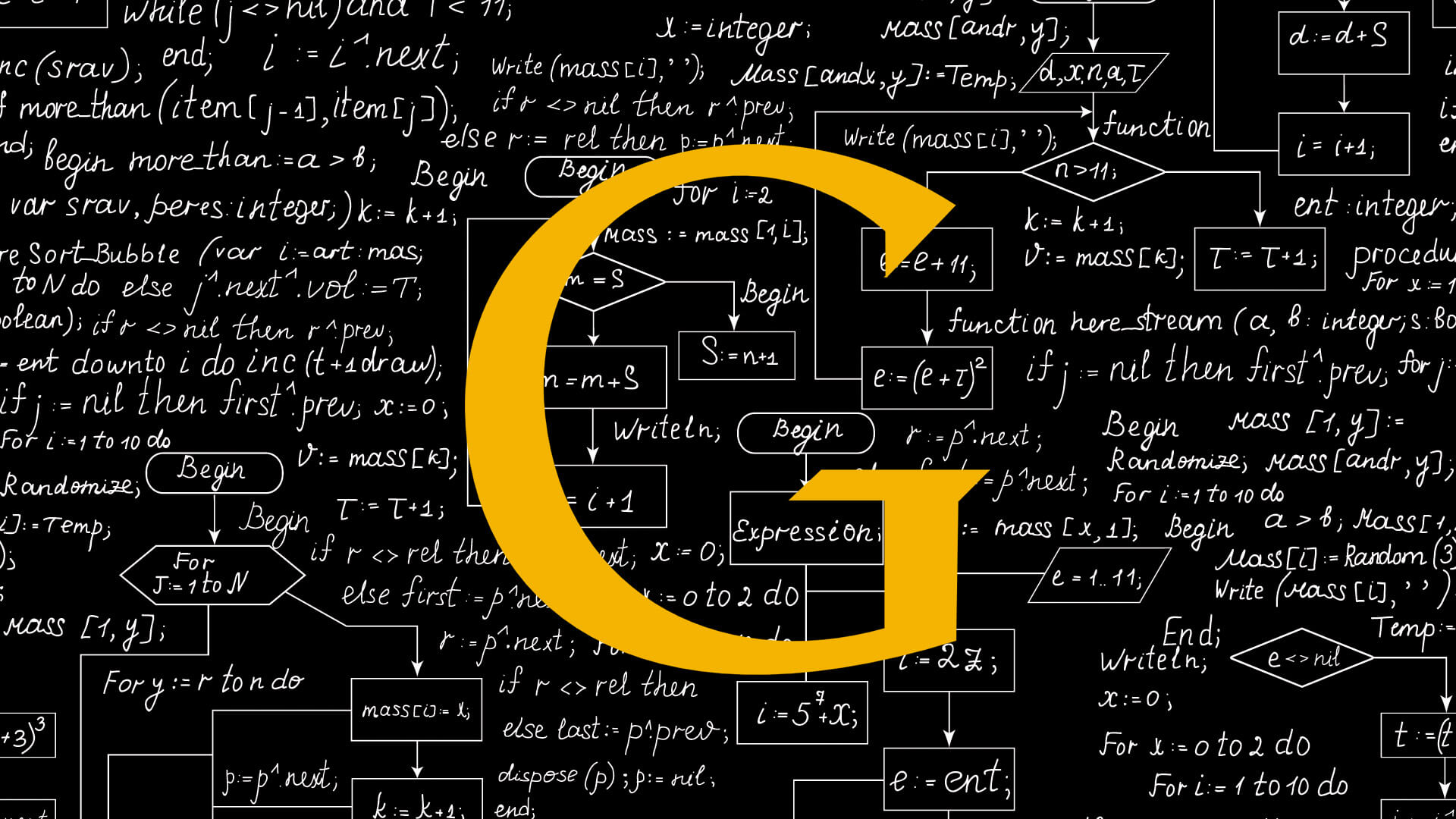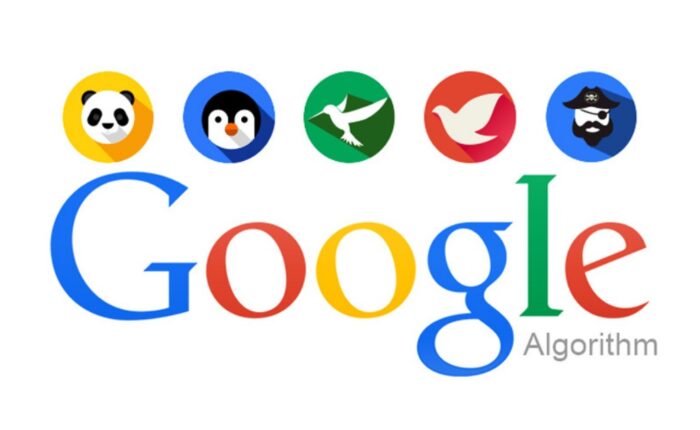There is an inception where Google has been the sight-after input box online. It has a path monitored by web professionals who are always curious, taking everything apart to know what makes Google tick and how search works with all its nuts and bolts. You may have experienced the power of the little input box, like when it stops working. But you don’t have to experience a Google outage to experience the power a small input field exerts over the web and into your lives.
When running a website and you have made your way in the search rankings, you will know what you are talking about. It will not come as a surprise that everyone with a web presence waits whenever Google decides to make some changes to its organic search results. There is a software engineering company, google, that focuses on solving any problems that can happen, and it is impossible to solve the issues Google needs to solve with human intervention.
Quality algorithms

Understanding the algorithms is like a recipe with step-by-step instructions in a specific order that finishes a task or even solves a problem. It is better to have different algorithms than solve a complicated problem where it breaks down to a simple task rather than one big algorithm that tries to cover any chances.
As long there is an input, an algorithm will work nonstop, giving an output on what was programmed to do. The scale at which it operates will depend on the available resources like memory, storage, and processing power. These are the quality algorithms that are not part of the infrastructure. These make some decisions on how content is crawled and stored. Most search engines use quality algorithms only at a specific moment when serving search results.
The quality algorithms are seen as filters that focus on resurfacing good content and try to look for quality signals all over Google’s index. These signals are sometimes sourced at a certain level for all websites. When you are a website owner, SEOs and Digital Marketers affect the algorithms that can be perceived as penalties, like when a website will not meet the quality criteria and Google’s algorithms to reward good quality websites.
It is a service
When looking at a website from a service perspective, you must consider all the technical aspects, including code and infrastructure. It is how it is made to work, how consistent, and how it manages the process of talking to other services and servers where all the front-end and integrations rendering are, among other things. But all the technical bells and whistles will not make value, and when the value will not exist. They will add to value and make any hidden value shine. One must work on the technical details but think about the website from a product perspective.
Website and your quality

Quality is essential because it is a relative measurement within the universe that you live in. It will depend on the quality of every person, where it is different from what others understand as quality. You cannot tie quality to a specific binary process of context.
When you are in the desert dying of thirst, do you care whether the water has sand at the bottom? There is no difference as the quality is performance over expectations, or it is a value proposition in marketing terms. But when the quality is relative, how can Google tell what is quality from what is not? Google needs to know what is and what is not quality. All the algorithms and documentation that Google uses for its Webmaster Guidelines will depend on actual user data and feedback. When users scratch and interact with websites on Google’s index, it analyses its users’ behavior and runs different tests to ensure they match their needs and intents. It will ensure that when Google assigns website guidelines, they match what Google’s users like.
Take actions to match algorithms
It can be naive to think that algorithms are perfect and do all they are supposed to do. The best advantage of humans in the war of machines is that you can handle unexpected occasions. Humans have the chance to understand and adapt to any situation to know why something can be good but it shows bad or vice versa. Humans can see the intention and context, whereas machines are not good at it.
When the algorithm gets or misses what it wasn’t supposed to in software engineering, it is known as a false positive or false negative. To use the corrections to algorithms, you must see the result of false positives or false negatives, sometimes by humans. Engineers set some level of confidence that the machine must think before prompting any human intervention.
You must consider your value proposition and advantage because having a website is not competitive. Treat your website like a product and innovate. When you don’t push ahead, you will be outrun by any, one where successful websites must improve well. Technical SEO is essential, but something other than Slone will solve everything. When your product or content does not have value or appeal, it will not matter how technical, sound, and optimized it is. Ensure that you are aware of the value proposition.

